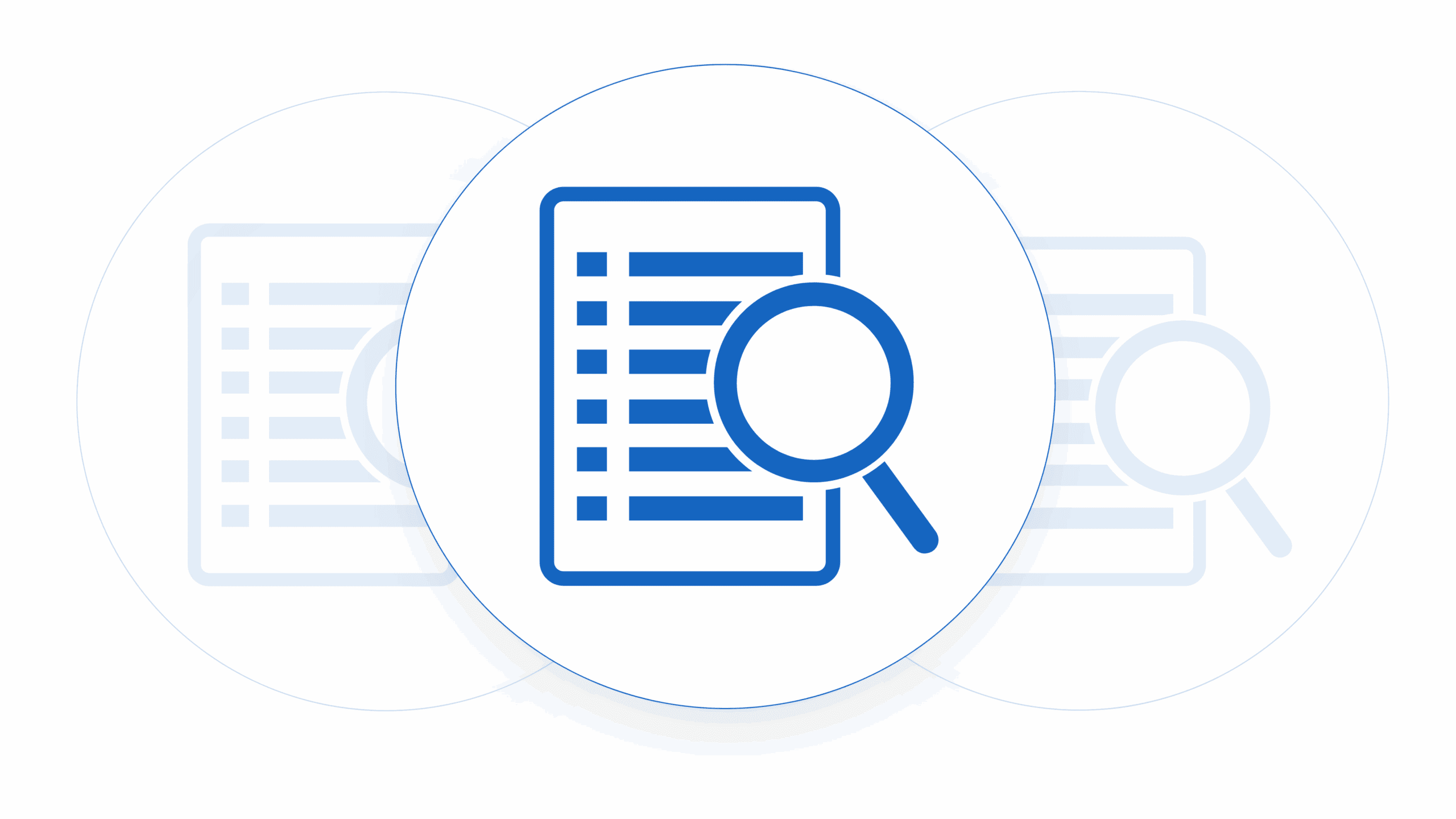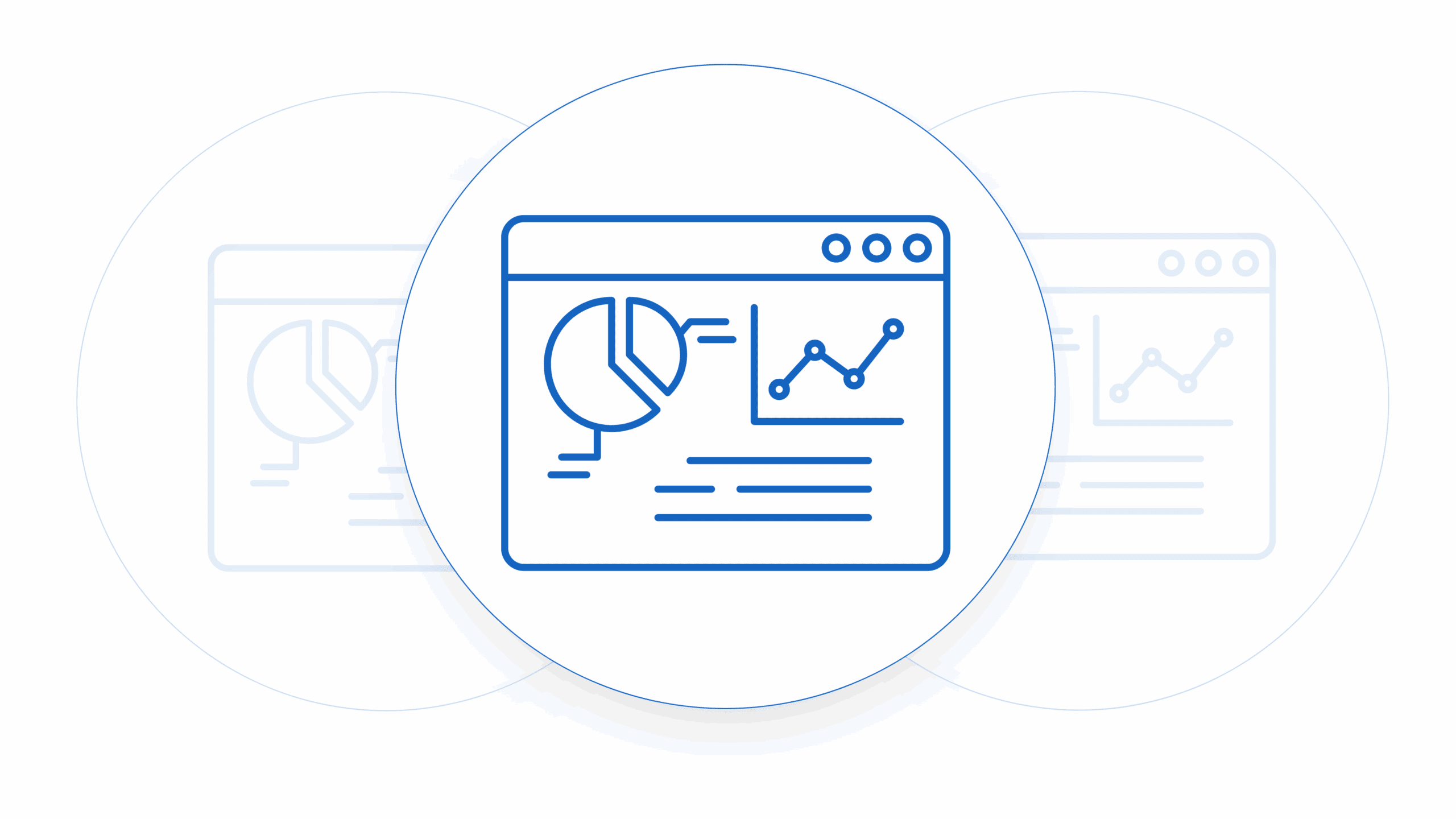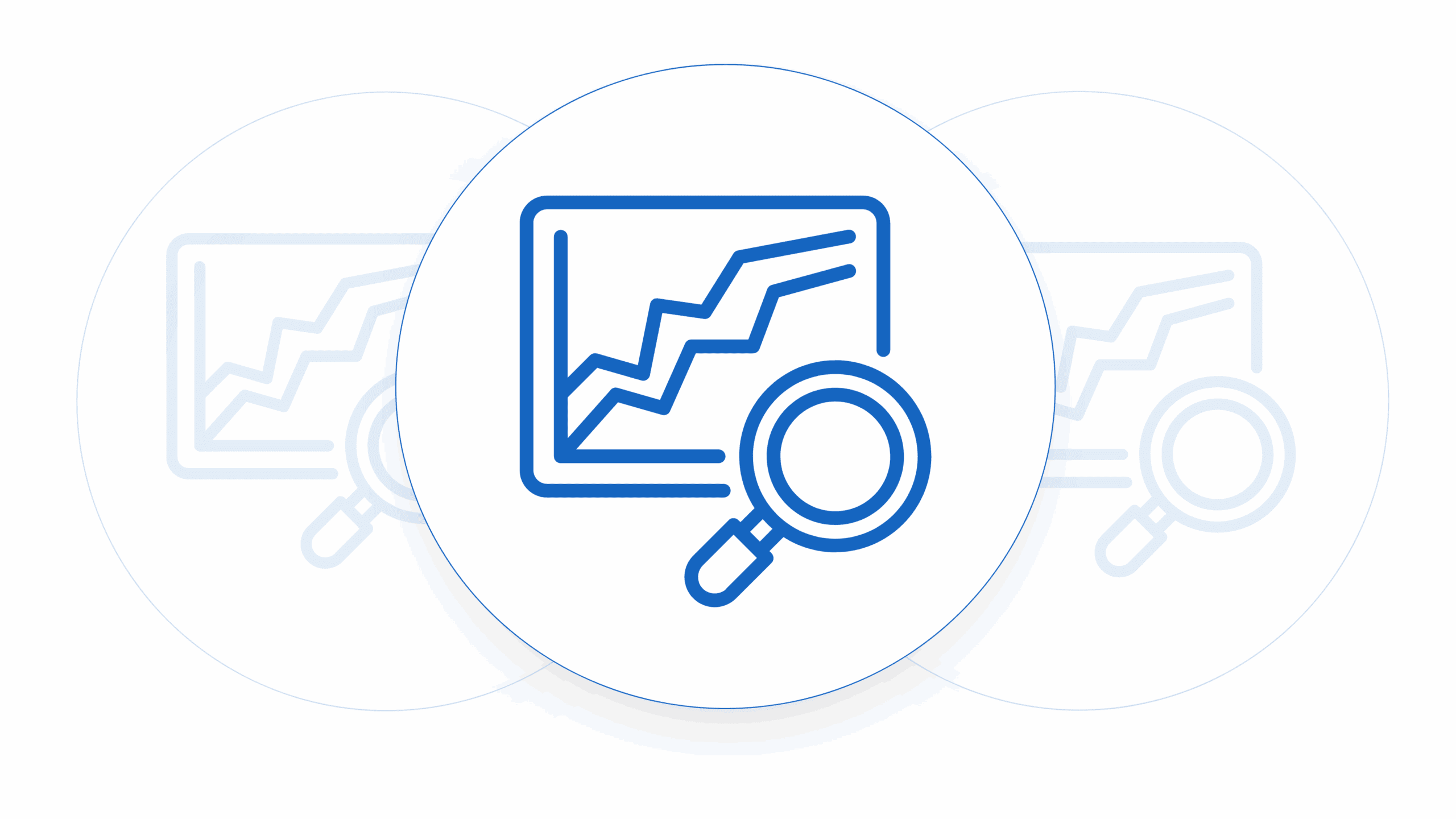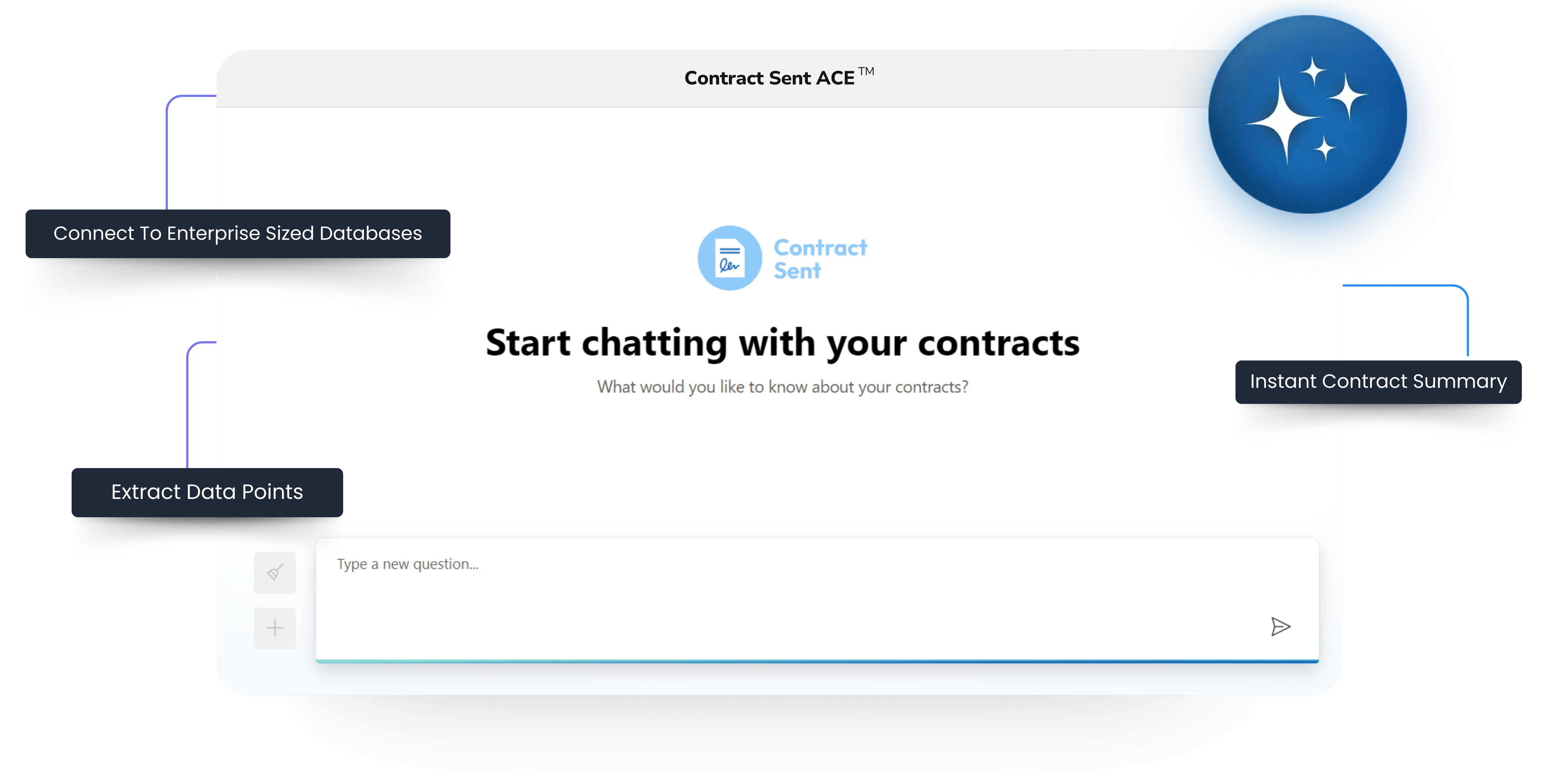A lot of thought is put into building data structures in your product early on in the founding of a company. One place that often lacks the same level of consideration is the structure of data that sits outside of your product database. This is particularly an issue for B2B SaaS companies that sell enterprise-level software that relies on contracts to restriction customer usage of the product (rather than a more SME-aimed SaaS product that may have a credit card billing engine built-in). The structure of data is often sitting in three (if not more) separate containers that all offer very useful insight into how your company is growing. The product is one of these containers, how many users do you have on the platform, what actions are they taking, etc? But the often poorly designed or disconnected structures are your CRM and your SaaS contract and invoicing data. Data hygiene is an issue for a lot of companies, as you expand your CRM deal data starts to diverge from what is invoiced, and without proper start and end dates from your contracts it’s difficult for your CSMs to properly manage renewals. So how do you combine all of these data pieces?
CRM data join key for customer data tracking
For every type of SaaS customer data structure that you are looking to glue together, you need a shared join key that will bring these together. In your product, this might be an Application ID or a unique email address. What needs to be done when you start to look at how you’re pulling useful data out of your systems is to decide on what this join key is and to ensure that it is pushing into every system that you want to be pulling data out of. If you’re able to get this join key into your CRM you can start building reports and dashboards of user data from your product spliced with customer data that often only lives in your CRM.
Data that often only live in your CRM is data such as win/lose data on deals, industry data, and company size data. This is often pulled in during the data enrichment and qualification of a lead process. Once you have a join key that is living in your CRM you can start creating reports that inform your business on where and with whom you are getting the most traction:
-
Industries that use certain features
-
Company sizes and the number of users they have on the platform
-
Product utilization in the first three, six, twelve months of a newly won customer
Insights like these can be curated by your sales pipeline deal desk and will help you understand what sets a customer up for success on your product and will also help your CSM team to focus their time on the customers that need it.
Building an automated SaaS contract creation process
The data that you have in your CRM for deals and the end data that exists in a contract are often not aligned. A lot can change during the procurement and contract negotiation process which will often mean that your CRM is not up to date with the signed contract and this will make a lot of your reporting incorrect. One way that you can avoid this is by building an automated contracting process. Having an automated process that takes fields in your CRM and merges them with a contract to create what will be sent to the customer will ensure that what is in your CRM matches what is in your contracts. It ensures that your sales team isn’t making translation errors and is keeping up to date with their data hygiene.
Although not possible in a lot of circumstances it is a very useful way to maintain data consistency across parts of your business that would otherwise become silos for information. There are several products out there that can achieve this, one that we have implemented successfully in the past in the integration between Hubspot and PandaDoc.
The end goal of any process for the structure of SaaS customer data structures is building a system that allows you to have clear and easily understandable data on what drives success in your business. Taking a considered approach to your customer and contract data structures will help you confidently understand where to apply your resources to grow efficiently.












